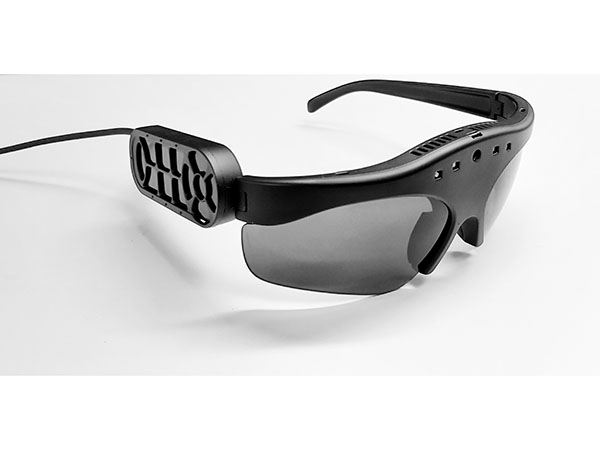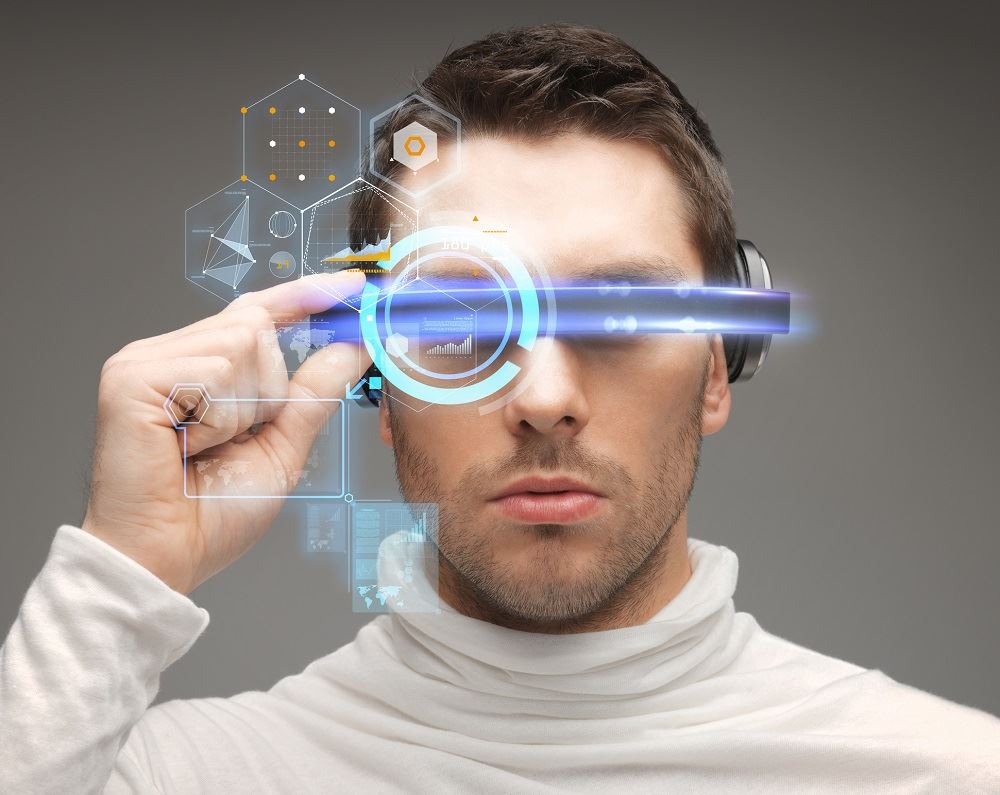Speech-to-Text Devices for Low Vision Users: Enhancing Communication and Productivity
Speech-to-Text Devices for Low Vision Users: Enhancing Communication and Productivity
Blog Article
Enhancing Access With Assistive Technology for the Blind
The assimilation of assistive innovation for the blind stands for a critical improvement in access, fundamentally altering how people navigate their atmospheres and involve with society. As we check out the diverse types of assistive tools and their tangible effects on day-to-day living, it becomes important to examine exactly how ongoing technological developments are improving the landscape of assistance for the blind neighborhood.
Introduction of Assistive Innovation
Assistive technology describes an array of devices and software program designed to improve the capabilities of individuals with disabilities, including those that are blind or visually impaired. This modern technology plays an essential function in advertising independence and improving the quality of life for users. By providing different techniques for accessing information and performing daily jobs, assistive innovation equips people to navigate their atmospheres extra efficiently.
The development and implementation of assistive innovation welcome a selection of principles focused on fostering access. These principles consist of user-centered design, which focuses on the demands and preferences of the person, and the integration of modern technology into day-to-day tasks. Such innovations guarantee that assistive gadgets are not only practical yet simple and likewise instinctive to use.
In addition, assistive innovation incorporates a diverse range of remedies, from low-tech options like magnifiers to state-of-the-art innovations such as screen visitors and Braille displays. The ongoing development of this area is driven by the need to attend to the one-of-a-kind difficulties dealt with by individuals with visual problems (Wearable technology for low vision). As technology remains to breakthrough, the potential for enhancing ease of access and promoting inclusivity remains encouraging, inevitably adding to a more fair society

Kinds Of Assistive Tools
Various kinds of assistive tools are offered to support individuals who are blind or visually damaged, each designed to deal with particular requirements and challenges. These tools can be generally categorized into three primary kinds: low-tech, mid-tech, and high-tech options.
Low-tech devices include items such as magnifiers, Braille labels, and responsive maps. These are relatively simple tools that boost the user's ability to connect with their setting without calling for intricate modern technology.
Mid-tech tools usually entail advanced features, such as digital magnifiers and portable Braille note-takers. These gadgets can use performances like speech output, permitting customers to access information much more efficiently.

Impact on Daily Living
The schedule of various assistive devices substantially improves the lifestyle for people who are blind or aesthetically damaged, affecting their everyday living in extensive means. By incorporating modern technologies such as display viewers, Braille displays, and audio description services right into their regimens, users gain higher autonomy and freedom. These devices help with accessibility to details, enabling individuals to perform daily tasks, such as reviewing e-mails, browsing public rooms, and delighting in media material.
Moreover, assistive tools encourage people to involve more fully in social interactions and neighborhood activities. The capability to utilize smartphones equipped with access features permits for smooth communication and connection with others. This connection fosters a feeling of belonging and decreases feelings of isolation.
In expert settings, assistive modern technology sustains performance by permitting people to complete job tasks successfully. Devices like voice recognition software application and specialized magnification gadgets allow individuals to join the labor force on equivalent footing with their sighted peers.

Improvements in Technology
Current technological innovations have significantly transformed the landscape of tools readily available for people who are blind or visually impaired. The combination of expert system (AI) and maker knowing has generated applications that improve navigating and object acknowledgment. Smart device apps can now make use of AI to determine and define environments in real-time, giving customers with beneficial contextual details.
Furthermore, improvements in haptic technology have actually led to the growth Check Out Your URL of smart walking sticks equipped with sensing units that identify challenges and provide responsive comments. This encourages users to browse their environment with boosted confidence and independence. Innovations in text-to-speech software application and braille screens have enhanced the accessibility of electronic content, enabling for smooth communication with different media.
Wearable modern technologies, such as clever glasses, are likewise making strides in assisting aesthetic problems. As innovation proceeds to advance, the capacity for even more transformative devices continues to be on the horizon.
Future Trends and Innovations
As modern technology rapidly proceeds, the future of assistive devices for people who are blind holds immense promise. Advancements in synthetic knowledge (AI) and device discovering are poised to change the way blind users connect with their settings. As an example, what does it take to become an optometrist AI-driven applications are being established to enhance item recognition, enabling individuals to determine and navigate their surroundings with greater convenience and accuracy.
Additionally, advancements in haptic responses modern technology are enabling the creation of responsive maps and navigation help that supply real-time information through touch. These developments not just boost movement yet additionally foster independence. Furthermore, wearable gadgets outfitted with enhanced reality (AR) functions are emerging, using customers visual info through sound descriptions, thereby connecting the space between the digital and physical worlds.
Additionally, the integration of wise home technology offers new opportunities for accessibility, enabling people to regulate their living define eye doctor environments through voice commands or smart device applications. As cooperation in between technology designers and the blind area proceeds, the focus on user-centered style will certainly make certain that future advancements are customized to meet the one-of-a-kind needs of this population (Wearable technology for low vision). The trajectory of assistive modern technology promises a more comprehensive and empowering future for individuals that are blind
Conclusion
In conclusion, assistive modern technology plays a vital duty in boosting access for people with aesthetic problems. Continuous developments in technology and user-centered design make sure that these devices cater successfully to the special demands of the blind community.
The combination of assistive innovation for the blind represents a critical advancement in ease of access, essentially altering exactly how people navigate their atmospheres and involve with culture.Assistive modern technology refers to an array of gadgets and software application made to enhance the abilities of people with handicaps, consisting of those that are aesthetically damaged or blind. Wearable technology for low vision.As technology rapidly advances, the future of assistive devices for people that are blind holds immense assurance. The trajectory of assistive technology assures a more inclusive and empowering future for people who are blind
In final thought, assistive innovation plays a vital duty in improving availability for people with visual impairments.
Report this page